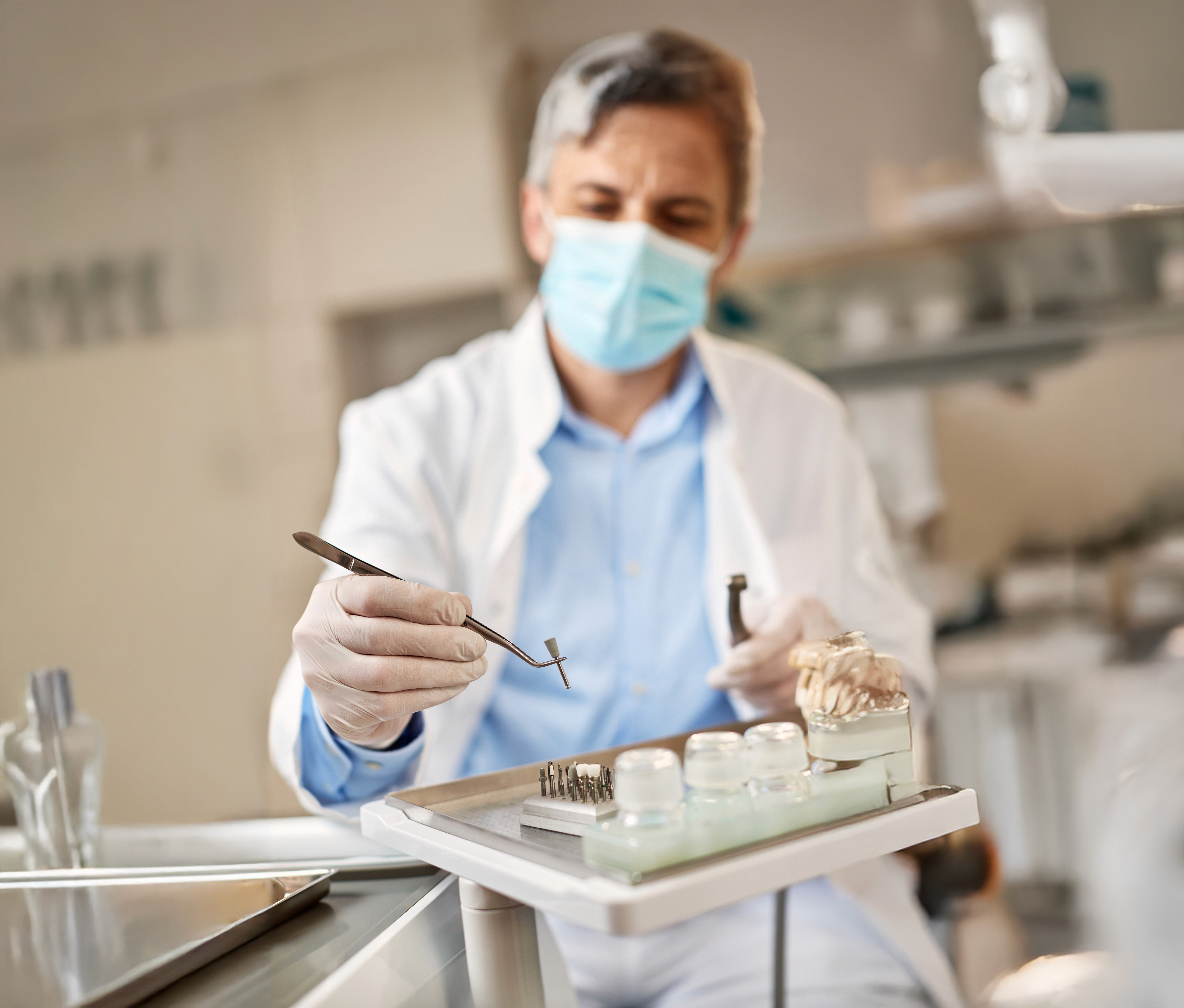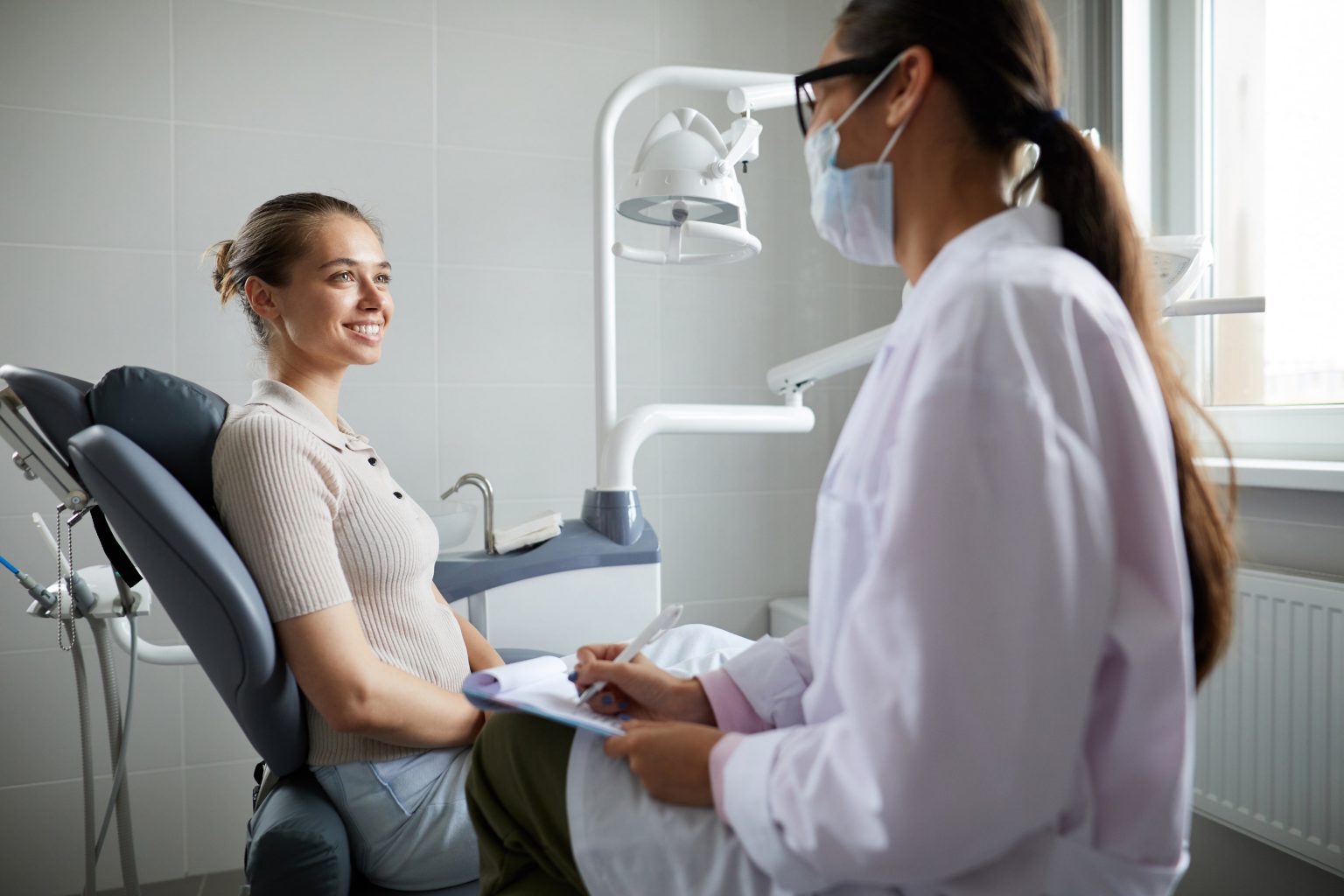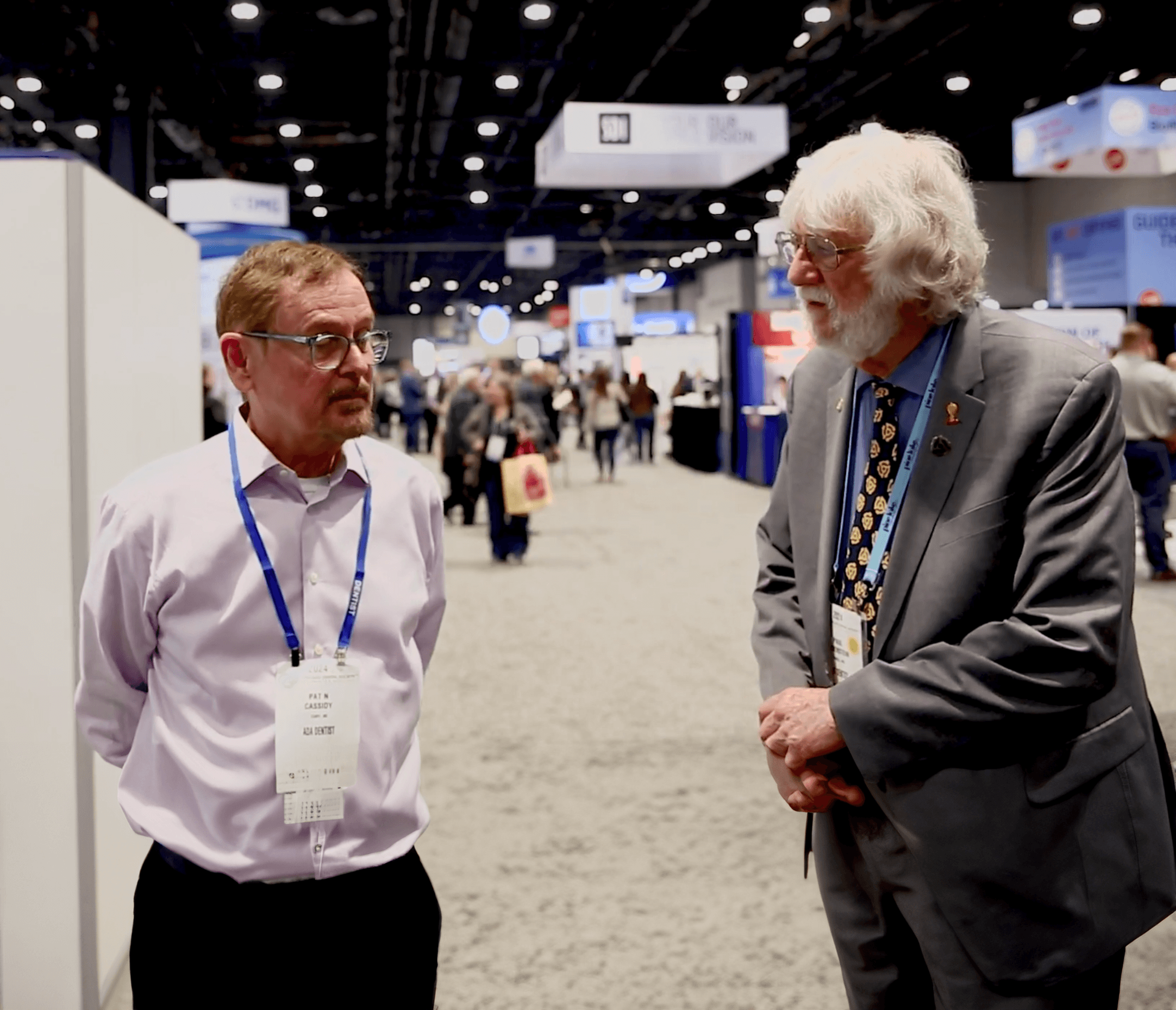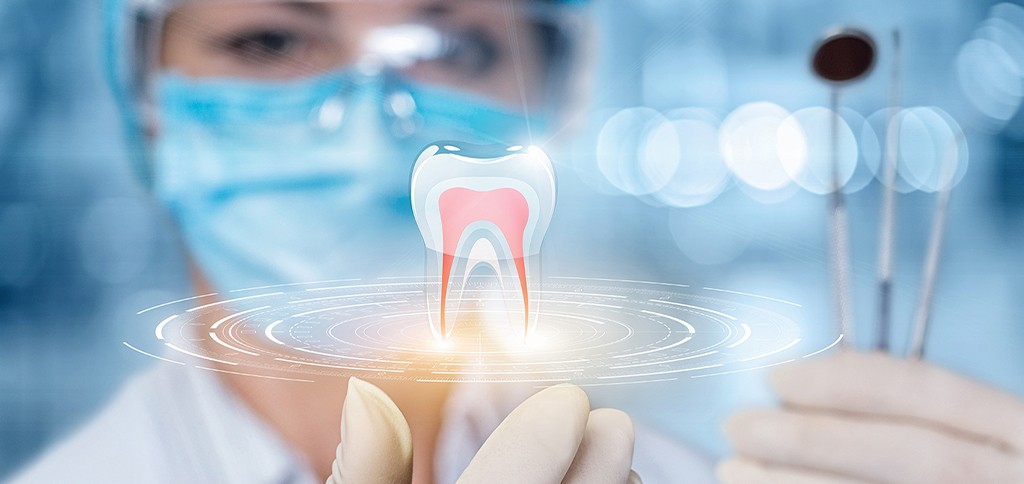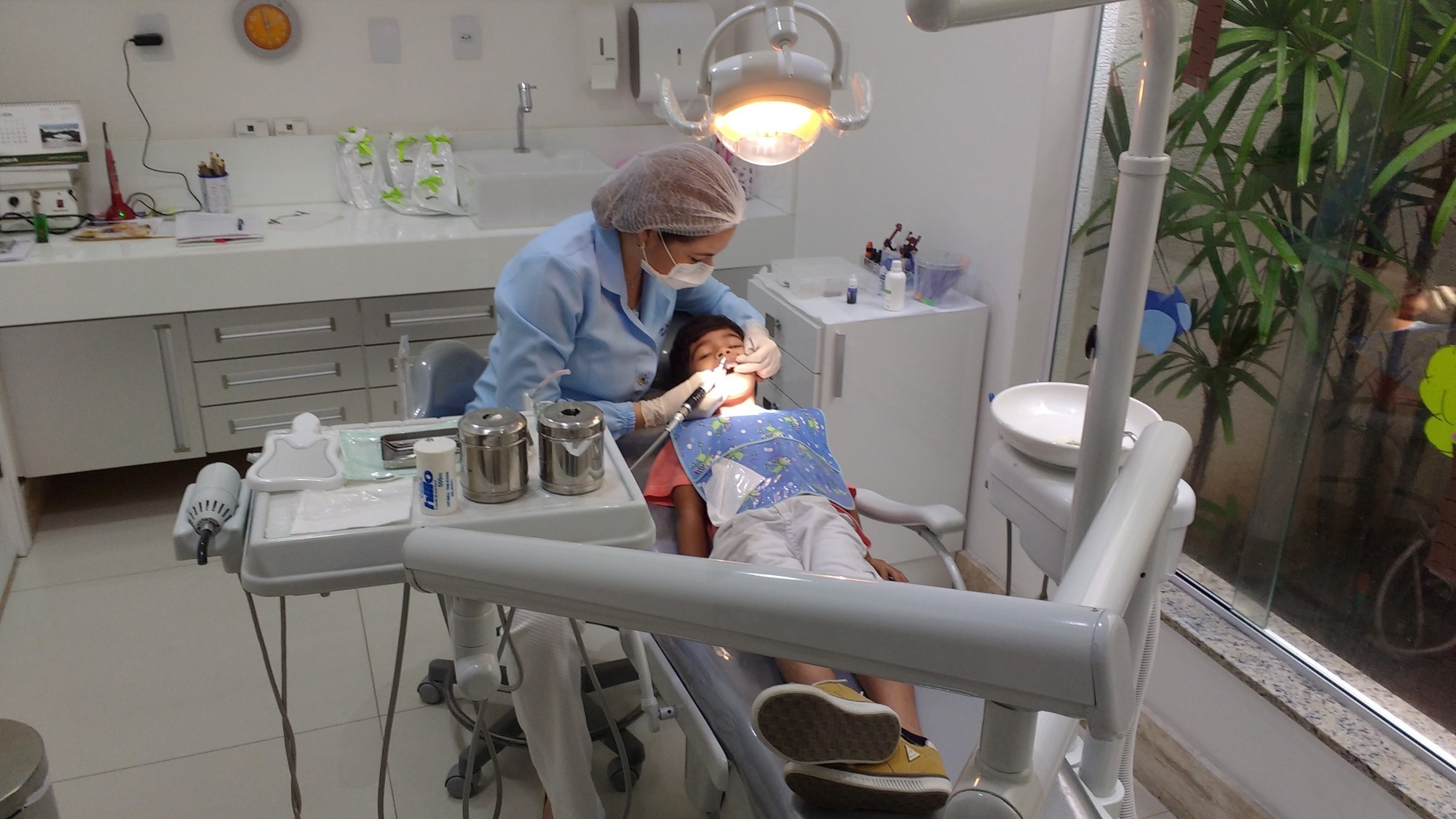As many of you may already know, the use of laser and light technology is vastly altering the medical and dental industries. Many dentists have discovered the number of benefits of incorporating laser technology into procedure implementations and treatments. Lasers have been noted to increase the efficiency and effectiveness of procedures and can diminish the amount of time necessary for treatment and recovery. Whether it is used for shaping a patients gums after periodontal disease or whitening teeth, as time passes the uses of dental lasers in cosmetic dentistry has become increasingly evident and popular.
One of the lesser known uses for a dental laser is the role this technology can play on tooth decay and carries detection. Until recently, detection of tooth decay has been difficult to detect in its earliest stages. Often evidence of decay can only be seen once it has progressed and begun to permeate through the surrounding tissue causing visible damage. The primary reason for this is that decay can move into microscopic tears in enamel where it can go unnoticed. In fact, decay cannot be seen until it is one-third the width of the tooth. This can give the bacteria a chance to do damage to the teeth and dental structure that could have been avoided if detected early. As decay progress it becomes more difficult to treat and can lead to a number of dental disorders. Until recently dentists needed to take x-rays and physically probe teeth to find evidence of decay. At this point the decay has already began doing damage to the enamel of the tooth. With the use of dental lasers however, cavity detection can begin much earlier.
The early detection process incorporates the use of light and the way it penetrates through the teeth to help identify where potential problems could be. Light reflects differently on teeth depending on how healthy they are. For example, light will have behave differently when it is passed through teeth that are damaged or contain decay. When someone shines a light on a tooth that is healthy it has no difficulty penetrating the tooth, however this is not the case if the tooth has become damaged. By shining the laser on your patients teeth and measuring the fluorescence you will be able to spot potential threats much earlier than with the traditional methods of detection.
The light illuminates the grooves where decay might be residing and measures the fluorescence of the layers of the teeth. When the laser discovers a damaged spot it delivers a digital readout that notifies the dentist of the change in wavelength. The readout will evaluate the tooth density and determine the possibility of decay. A range of numbers are used to measure the status of the decay and confirm the appropriate level of treatment that will be necessary. The higher the registered the number and level of fluorescence, the more decay is present. The use of dental lasers for decay detection has been recognized to be up to 90% more effective at locating evidence of tooth decay.
The primary method of treating tooth decay is by catching it as early as possible. Through the use of lasers like these, cavity detection has never been simpler and more effective. By being able to find decay before it can do damage, the cavity may be prevented before it develops.
Utilizing early laser decay detection can not only help your patients prevent dental disorders and maintain healthier teeth, it can have significant benefits on your practice. From my experience patients will appreciate the pain and money that they can save with this device and will appreciate a dental practice that is familiar with the most modern procedure techniques and strategies. Imagine informing your patients that because of your resources you were able to save them from costly and potentially painful procedures down the line. Laser technology is the future of dentistry and can bring your practice to the next level.
+Dr. John Baker contributes regularly to dental blogs and publications across the world. Currently he is lead contributor at Top Dentist New York, where the focus is to educate and inform New Yorkers on their local dentists. Use the local pages to research information, read reviews, find a dentist, and book an appointment. There are countless other resources to help the world have a healthier mouth and body. Check it out!



